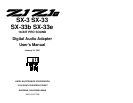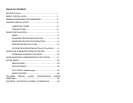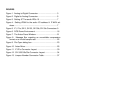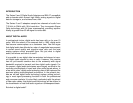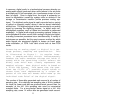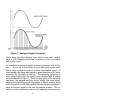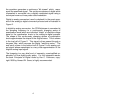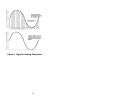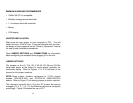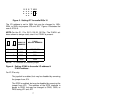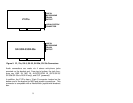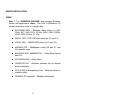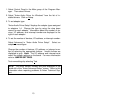2
In essence, digital audio is a technological process whereby an
analog audio signal (produced when sound waves in the air excite
a microphone) is first converted into a continuous stream of num-
bers (or digits). Once in digital form, the signal is extremely im-
mune to degradation caused by system noise or defects in the
storage or transmission medium (unlike previous analog sys-
tems). The digitized audio signal is easily recorded onto a variety
of optical or magnetic media, where it can be stored indefinitely
without loss. The digitized signal is then reconverted to an analog
signal by reversing the digitizing process. In digital audio rec-
ord/playback systems, each of these two functions is performed
separately. In digital audio signal processing systems (where no
record/playback function occurs) both analog-to-digital and digital-
to-analog conversion processes occur simultaneously. A variety of
techniques are possible, but the most common method by which
audio signals are processed digitally is known as linear pulse
code modulation, or PCM. Let's take a brief look at how PCM
works.
Converting an analog signal to digital is a two-
stage process, sampling and quantization. This
is illustrated in Figure 1. At regular inter-
vals, a sample-and-hold circuit instantaneously
freezes the audio waveform voltage and holds it
steady while the quantizing circuit selects the
binary code which most closely represents the
sampled voltage. Most digital audio is based on
a 16-bit PCM system. This means that the quan-
tizer has 65,536 (2
16
) possible signal values to
choose from, each represented by a unique se-
quence of the ones and zeroes which make up the
individual code "bits" of the digital signal.
The number of these bits generated each second is a function of
sampling rate. At a relatively low sampling rate of 8 kHz (suitable
for voice) far fewer code bits are produced each second than, for
example, at the 44.1 kHz sampling rate used for commercial
compact disks. For a two-channel stereo signal at a 44.1 kHz
sampling rate, some 1.4 million bits are generated each second.



